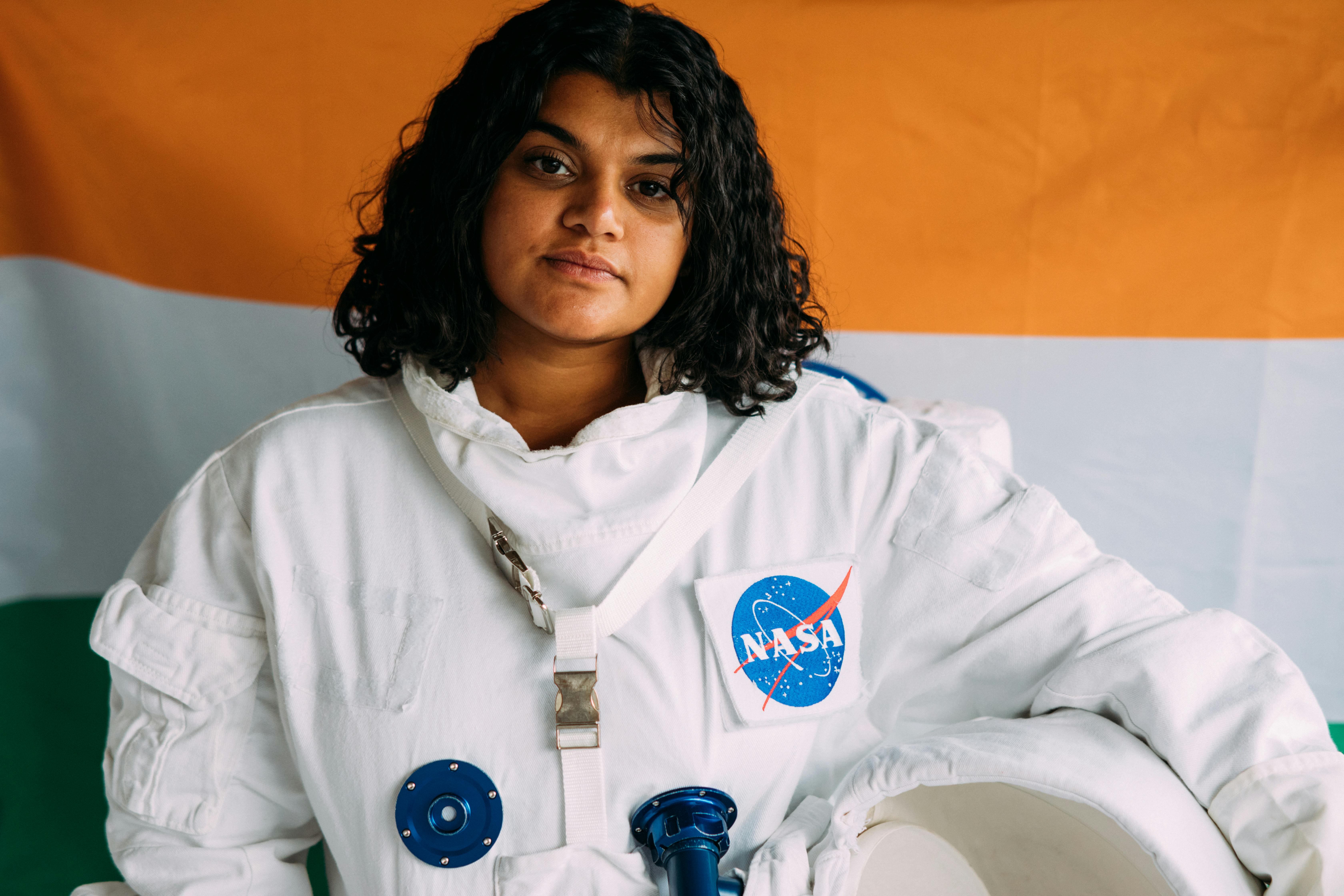
Introduction
The space race has reached a remarkable milestone for India. High above the Earth, where boundaries disappear and humanity unites in orbit, an extraordinary story unfolded. Group Captain Shubhanu Shukla, a test pilot of the Indian Air Force, became the first Indian astronaut to journey to the International Space Station (ISS), riding on the SpaceX Dragon spacecraft as part of Axiom Mission 4. This not only marks a significant personal achievement for Shukla but also signifies a pivotal moment for India as a nation venturing into the cosmos.
A Symbol of Progress for India’s Space Ambitions
This mission symbolically represents more than just one astronaut’s journey; it is a crucial moment for a country whose space ambitions are rapidly evolving. India has made impressive progress in space technology, launching a myriad of satellites, and now, it is poised to send its own citizens to the classroom of the universe, aiming for the moon and beyond.
Shubhanu Shukla: From Gandhinagar to Galactic Heights
Born in Gujarat, Group Captain Shubhanu Shukla exemplifies the perseverance and dedication fuels India’s space endeavors. With a background as a test pilot for the Indian Air Force, he has spent years pushing the limits of technology and testing aircraft. However, participating in the ISS mission takes his achievements to new heights—both metaphorically and literally.
Launched from Cape Canaveral aboard a Falcon 9 rocket, Shukla’s seat on the spacecraft is significant; it marks India’s first human presence aboard the most sophisticated space laboratory in history, the ISS.
Axiom Mission 4: The Technology Behind the Journey
Shukla traveled to the ISS in a Dragon capsule known as ‘Grace’, a testament to 21st-century space engineering. SpaceX has developed a reputation for its reusable rockets. The Falcon 9, known for its efficiency, accurately delivered the crew into orbit—a feat that SpaceX has now accomplished dozens of times.
The Dragon capsule is equipped with state-of-the-art technology, including autonomous docking systems, life support systems, and advanced materials that protect against extreme temperatures. Shukla’s experience aboard this modern spacecraft not only provides comfort but also introduces crucial contacts with operational space systems to enhance India’s own future manned missions.
Research on the ISS: Contributing to Global Science
Arriving on the ISS, Shukla transitioned from astronaut to researcher. Collaborating with experts from NASA and ISRO, he engaged in various microgravity experiments led by Indian science. These include:
- Testing the effects of microgravity on food microflora, essential for long-term missions.
- Analyzing how astronauts interact with screens in zero-gravity environments—crucial for developing future spacecraft.
These investigations are not merely academic; they will directly inform India’s Gaganyaan Human Spacecraft program, equipping scientists with invaluable data that cannot be obtained on Earth.
The Gaganyaan Mission: India’s Indigenous Space Dream
The Gaganyaan mission aims to send astronauts into Earth’s orbit using India’s own human-rated launch vehicle, LVM3. Although this mission has faced delays due to pandemic-related challenges, Shukla’s experiences at the ISS represent invaluable training that exceeds simple simulations.
Insights Gained from ISS Mission:
- Astronaut training and mental preparation.
- Demonstration of life support systems in space.
- Troubleshooting and system diagnostics aboard the spacecraft.
Currently, ISRO is developing its environmental control and life support systems (ECLSS) for Gaganyaan, focusing on innovation in waste recycling, food systems, and thermal regulation. Shukla’s firsthand experience will be instrumental in informing and refining these technologies.
India’s Vision for the Future in Space
India’s aspirations do not stop at low Earth orbit. Following the successful launches of Chandrayaan-3 and Aditya-L1, the country’s roadmap for space exploration remains ambitious:
- Chandrayaan-4, India’s first lunar sample return mission.
- The conceptualization of an Indian space station by 2030.
- Development of Ai-Saksham robots and cutting-edge autonomous docking technology.
- This mission serves as a stepping stone toward achieving these grand ambitions.
The Rise of India’s Private Space Sector
While ISRO takes the lead in the national space agenda, India’s private space sector has rapidly become a vital player in the industry. The ISS mission demonstrates how collaborative efforts between government and private enterprises can shape the future of space exploration.
- Skyroot Aerospace is testing reusable rockets aimed at reducing launch costs.
- Agnikul Cosmos is innovating with mobile launch pads and 3D-printed engines.
- Pixxel is deploying hyperspectral imaging satellites for diverse applications, from agricultural monitoring to mineral exploration.
With support from the Indian National Space Promotion and Authorization Center, these innovative start-ups are poised to contribute significantly to Indian space missions in the coming years.
Conclusion: A Nation Reaches for the Stars
What began as a remarkable launch from Florida reflects an awakening across India. Group Captain Shubhanu Shukla’s mission is not merely a personal triumph; it signifies national advancement on the global stage in space exploration.
Shukla’s journey to the ISS confirms India’s status not only as a participant but as a formidable contender in the realm of space exploration. The knowledge, experience, and partnerships forged during this mission herald the dawn of a new era—one characterized by collaboration between Indian astronauts, scientists, and start-ups as they work together in the global space arena.
The countdown has concluded. The mission is in progress. And India’s reach for the stars is just the beginning of a thrilling new chapter in its space odyssey.